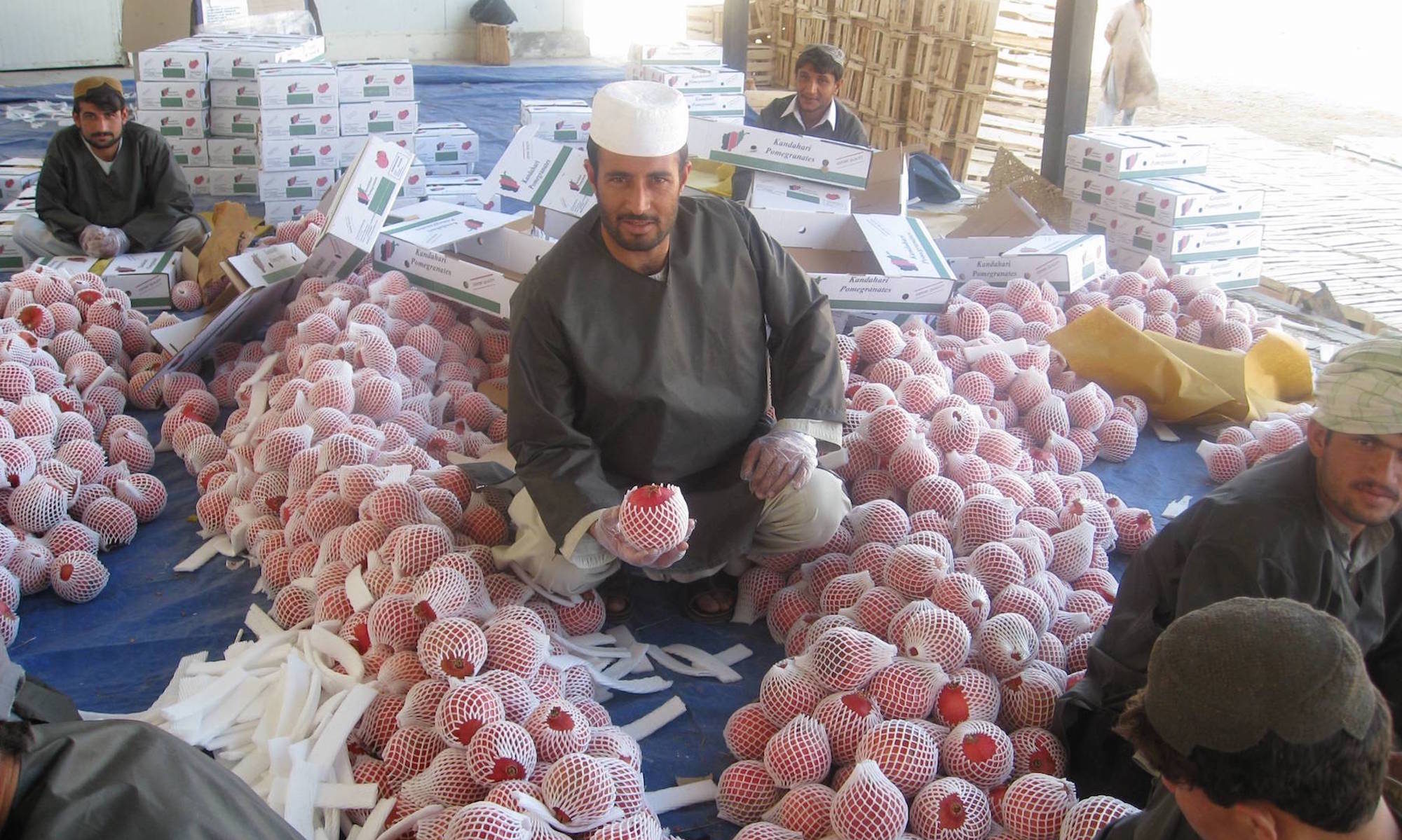East Sudan has received a continuous influx of internally displaced persons (IDPs) and refugees over the last forty years. Mass influxes were witnessed during years when the region experienced natural catastrophes as droughts and floods, or an escalation of tensions and conflict in neighboring countries, mainly Eritrea and Ethiopia. Presently there is still a steady but smaller in numbers influx of refugees, mostly from Eritrea, but with an apparent change in their social composition and expectations. Present day internal population movements relate to more conventional forms of migration within Sudan, that is, households in search of work and economic opportunities. Still, the situation of the large number of IDPs that moved to the area over 15 years ago and are living in camps is precarious and needs urgent attention. Presently there are not the basic conditions required to provide a durable solution to the refugees in a protracted situation in eastern Sudan. To a large extent that also applies to IDPs with long permanence in camps; there are not conditions to achieve self-reliance by most of the displaced population given the situation of their locations in eastern Sudan in terms of natural environment and its capacity to support sustainable agriculture and other urban and rural economic activities. Within the overall mission of the World Bank, its strategic objective in contributing towards the durable solution of forced displacement situations is to bring the affected countries and displaced population back to the path of peace and development, enabling the application of pro-poor policies and fostering economic growth. Under these conditions, the World Bank will be in a better position to engage the affected countries through its regular operations.

INSCT Postconflict Research Database
The Institute for National Security and Counterterrorism's Postconflict Research Database & Analysis Project stores cross-indexed bibliographic information on hundreds of journal articles, books, book chapters, and case reports that address the broad, interdisciplinary fields of postconflict reconstruction, stabilization, and peacebuilding.